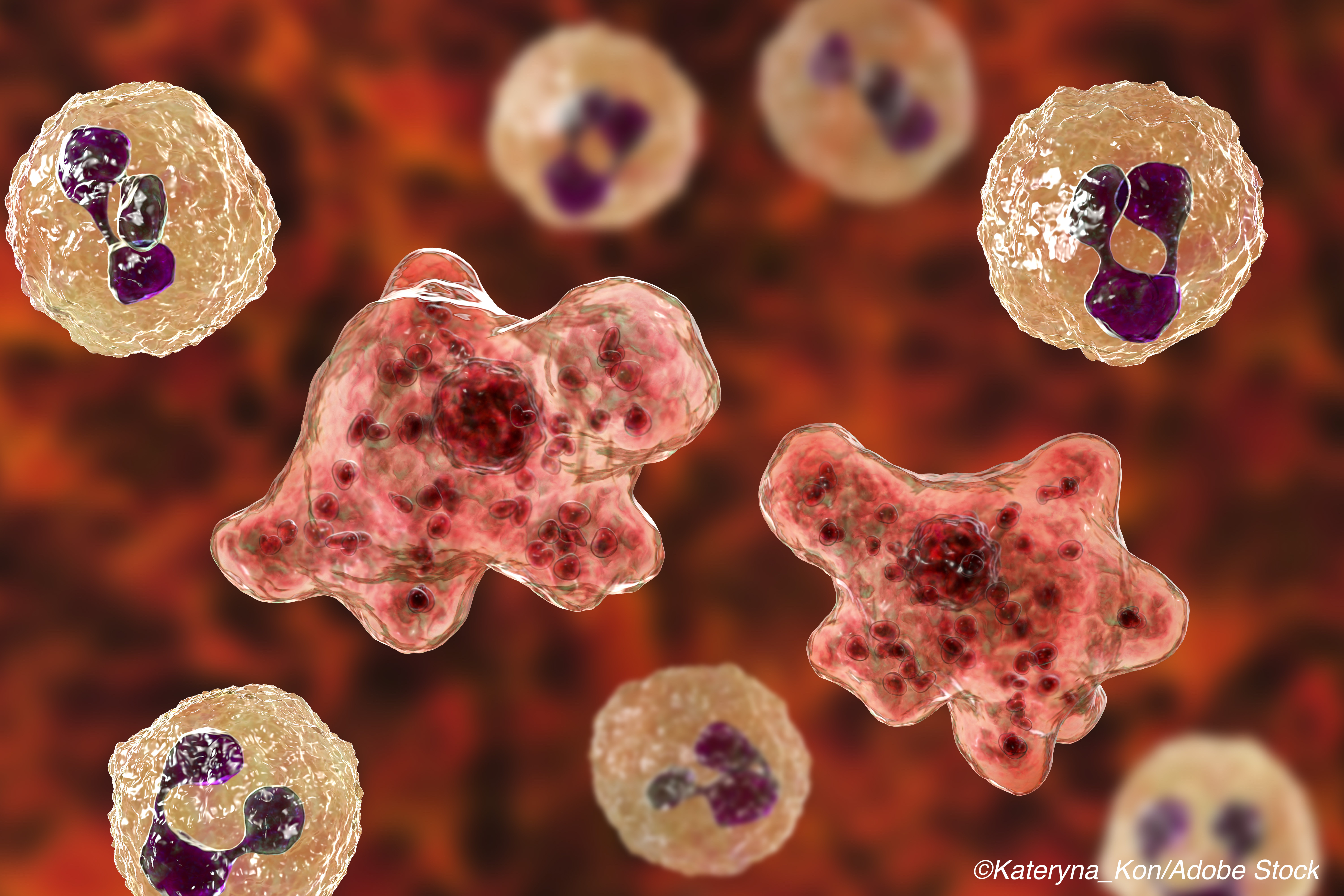Measurement of misfolded α-synuclein in the cerebrospinal fluid (CSF) of people with isolated rapid-eye-movement (REM) sleep behavior disorder (IRBD) correlated with risk of developing Parkinson’s disease or dementia with Lewy bodies, a small longitudinal study showed.
Researchers used a real-time quaking-induced conversion (RT-QuIC) assay, which has high sensitivity and specificity for detecting misfolded α-synuclein in patients with Parkinson’s disease and dementia with Lewy bodies. They aimed to investigate whether RT-QuIC could also identify α-synuclein in the CSF of people with IRBD and be a possible biomarker of prodromal α-synucleinopathy.
The assay was able to detect misfolded α-synuclein in the CSF of people with IRBD with both sensitivity and specificity of 90%, reported Alex Iranzo, MD, PhD, of Hospital Clinic Barcelona in Spain, and co-authors, in Lancet Neurology. In addition, α-synuclein positivity was associated with increased risk of subsequent diagnosis of Parkinson’s disease or dementia with Lewy bodies.
“Patients with IRBD who were CSF α-synuclein RT-QuIC positive had a higher risk of developing Parkinson’s disease or dementia with Lewy bodies than patients who were α-synuclein negative, and α-synuclein was detected up to 9 years before the clinical and pathological diagnoses of Parkinson’s disease or dementia with Lewy bodies,” Iranzo and colleagues wrote.
“If these findings are replicated in additional cohorts, detection of CSF α-synuclein by RT-QuIC could be used to enrich IRBD cohorts in neuroprotective trials, particularly when assessing interventions that target α-synuclein,” they added.
“The work presented here is the first step towards the development of a biomarker for prodromal α-synucleinopathies,” observed Inga Zerr, MD, of the Georg-August University in Gottingen, Germany, in an accompanying editorial.
“The study supports previous findings that IRBD is a major risk factor for development of α-synucleinopathy and, importantly, the findings show that pathological α-synuclein can be detected in the CSF early, many years before clinical onset of Parkinson’s disease or dementia with Lewy bodies,” she wrote. “These findings potentially qualify α-synuclein as detected in the CSF by RT-QuIC as a prodromal marker of Parkinson’s disease and dementia with Lewy bodies.”
Parkinson’s disease and dementia with Lewy bodies are two of several forms of synucleinopathy which involve pathologic aggregates of misfolded synuclein protein. Isolated rapid-eye-movement sleep behavior disorder can be part of the prodromal stage of both diseases.
The RT-QuIC assay is a misfolded protein amplification system used to explore synuclein seeding. “This method is becoming increasingly important as a potential diagnostic tool in the field of neurodegenerative diseases,” Zerr noted.
In their study, Iranzo and colleagues followed 52 people with IRBD and 40 controls, all of whom had CSF obtained between March 2008 and July 2017 at the Hospital Clinic Barcelona. They included patients with IRBD confirmed by polysomnography who had no history or signs of dementia or parkinsonism. Follow-up was conducted every three to 12 months after CSF samples were obtained until the study ended in July 2020.
At the time of lumbar puncture, median age was 71 in the IRBD group (43 men, 9 women; mean follow-up 7.1 years) and 70 among controls (28 men, 12 women; mean follow-up 7.7 years). The RT-QuIC assay was positive in 47 (90%) patients with IRBD and in four (10%) controls, resulting in a sensitivity of 90.4% (95% CI 79.4–95.8) and a specificity of 90.0% (95% CI 76.9–96.0), the researchers said.
Overall, 62% of patients with IRBD developed either Parkinson’s or dementia with Lewy bodies, with mean time to diagnosis of 3.4 years from lumbar puncture.
Over 7 to 8 years of follow-up, no control participant developed α-synucleinopathy. Of participants with IRBD, 32 were diagnosed with either Parkinson’s or dementia with Lewy bodies, and of those, 31 (97%) had elevated CSF levels of α-synuclein. People who were α-synuclein-negative had lower risk for developing Parkinson’s or dementia with Lewy bodies at 2, 4, 6, 8, and 10 years of follow-up compared with people who were α-synuclein positive.
“Among the patients with IRBD who were α-synuclein positive, those who converted to a clinically defined α-synucleinopathy had a higher frequency of prodromal Parkinson’s disease, worse smell identification, and more soft parkinsonian signs than those who remained disease-free at the end of this study,” Iranzo and colleagues noted.
Limitations include a small number of participants and controls in a single-center preliminary study. In addition, “more work needs to be done to understand the dynamics, predictive values, and reasons for α-synuclein-positive test findings in apparently healthy age-matched neurological controls,” Zerr noted.
-
Measurement of misfolded α-synuclein in the cerebrospinal fluid (CSF) of people with isolated rapid eye movement (REM) sleep behavior disorder (IRBD) correlated with risk of developing Parkinson’s disease or dementia with Lewy bodies, a small longitudinal study showed.
-
If replicated in additional cohorts, detecting CSF α-synuclein could be used to enrich IRBD cohorts in neuroprotective trials, particularly when assessing interventions that target α-synuclein.
Paul Smyth, MD, Contributing Writer, BreakingMED™
Research was funded by Department of Health and Social Care Policy Research Programme, the Scottish Government, and the Weston Brain Institute.
Irzano reported personal fees from AbbVie, Roche, Takeda, Jazz, and UCB, outside the submitted work.
Zerr declared no competing interests.
Cat ID: 37
Topic ID: 82,37,730,37,192,925




Create Post
Twitter/X Preview
Logout